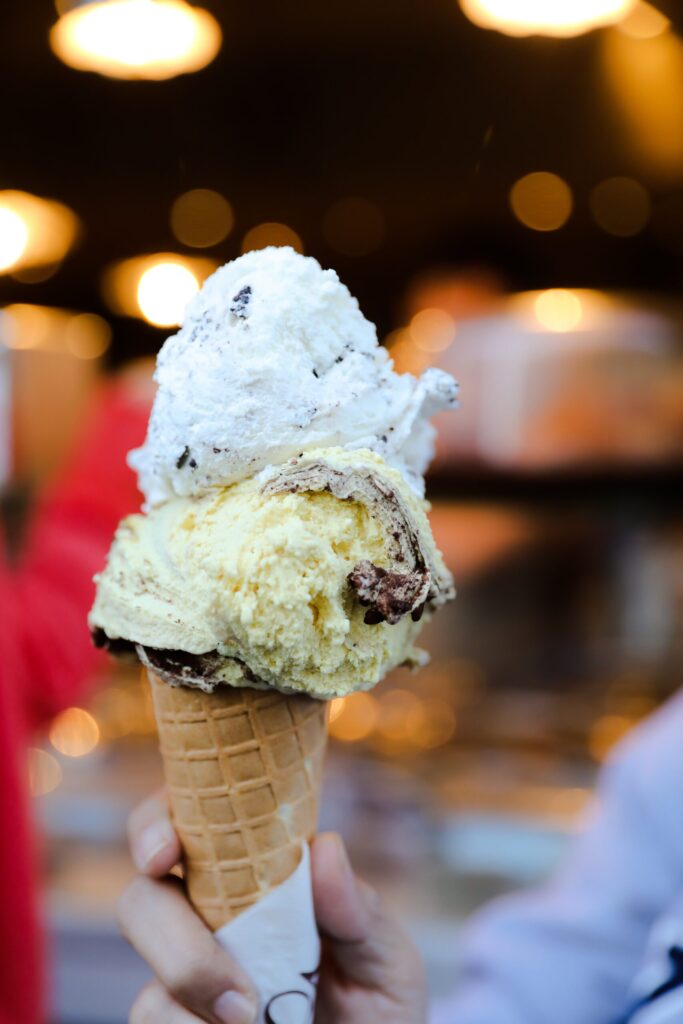The most recent MessageLabs Intelligence report showed that the e-mail spam rate declined slightly in February compared to the previous month, while the phishing rate saw a small increase.
The report noted that 73.3 percent of all e-mails around the world in February were spam from previously unknown bad sources, or one in 1.36 e-mails, a 1.3 percentage point decline from 74.6 percent in January. The six-month average is 74.1 percent, according to MessageLabs.
- France remained the most-spammed country, with a 74.6 percent spam rate, followed by Hong Kong with a rate of 72.8 percent. Switzerland (70.0 percent), Austria (69.4 percent) and Germany (69.1 percent) also saw high spam rates in February.
- The most spammed industry sectors were education (67.9 percent), marketing/media (67.9 percent), recreation (66.6 percent), non-profit (66.2 percent) and general services (65.5 percent).
MessageLabs highlighted the fact that during the first week of February, spam levels returned to pre-McColo levels for the first time since it was shut down in November.
One in 304.9 e-mails in February contained malware, according to the report, reflecting a 0.06 percent drop since January, when the global rate was one in 257.3 e-mails.
- India was the hardest hit by e-mails containing viruses, with one in 197.4 e-mails there containing malware, while one in 203.6 e-mails in Germany were similarly contaminated. The rate was one in 213.3 in the U.K., one in 217.1 in Canada and one in 221.9 in Hong Kong.
- Virus activity in the accommodation and catering segment was the highest (one in 95.5), followed by education (one in 98.2).
- The report also noted that one in 190.4 e-mails in February included a phishing attack, a 0.27 percent increase from January.
- MessageLabs also noted that 904 new malicious sites were blocked each day, a 22.1 percent decrease from January.
- “Recession spam” was notable in February, containing text related to bargains and cheap items.
- Valentine’s Day spam rose from being 2 percent to 3 percent of all spam to more than 9 percent in the days before the holiday.
Source:
http://www.messagelabs.com/mlireport/MLIReport_2009.02_Feb_Final.pdf
 Network
Network

